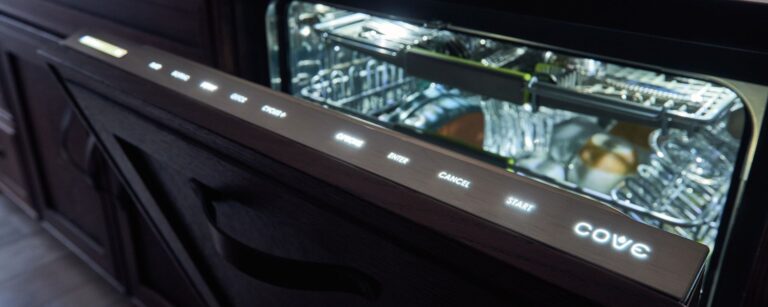There are times when plagiarism is a good thing. This is one of them. To our loyal readers some of this article may seem familiar. That’s because I have written about this subject before, and I am cutting and pasting from previously written articles for consistency.
Kitchen fires can start fast and spread faster. According to a National Fire Protection Association (NFPA) study dated August 31, 2023 “Cooking caused an average of 158,400 reported home structure fires per year (44 percent of all reported home fires in the US). These fires resulted in an average of 470 civilian deaths (18 percent of all home fire deaths) and 4,150 civilian injuries (42 percent of all reported home fire injuries) annually.”
Let’s talk about certain types of kitchen fires, what to do, and how to prevent them. But first, most importantly, you want to get everyone out of the house and safe ASAP.
Then call the Fire Department. You may think you can handle it with your fire extinguisher. Assuming you can get to it and it’s in good working order maybe you can. But fires can spread into walls and between floors very quickly and out of your sight.
Experts will tell you to keep an extinguisher near your cooking appliances and you should. They will also tell you to keep one near your dryer, water heater and furnace, you should do that too. However, in the event of a fire, those locations may be too hard to reach. Assuming you got everyone out safely and want to go back in to address the fire I suggest a good fire extinguisher be kept at each entrance to your home.
Here are some more specific tips:
In the event of a kitchen oven fire: KEEP THE DOOR CLOSED! Opening the door provides oxygen and feeds the fire. Turn the oven off. Get everyone out, call 911 then reach for the fire extinguisher nearby. Also, no water!
How to prevent an oven fire: Keep your oven clean, use a drip pan or baking sheet underneath items that may boil over.
In the event of a kitchen stove top or cook top fire: Turn off the stove. Get everyone out, call 911 then head back in, fire extinguisher in hand and try smothering flames with a metal lid (no glass), another pan or a baking sheet. Use a fire extinguisher if it’s out of control. DO NOT reach for water or wet/dry towels. Baking soda will put out a small grease fire but not flour or baking powder.
How to prevent a cooktop or stove top fire: Never leave cooking unattended. Keep the cooking surface, and hood vent clean and free of grease or oil build ups.
Outside the kitchen: Another common culprit for home fires is the clothes dryer and the vent. Clean the lint trap after each use and periodically deep clean it with an old toothbrush and liquid soap. Rinse in hot water and allow it to dry completely. While it’s drying vacuum the area before replacing the lint trap. Clean the dryer vents and ducts at least annually.
Note: The heating elements in dryers can deteriorate with age and use. When this occurs, they can begin to throw sparks or embers into the duct. Because of this I always recommend hard metal ducting not the flexible type which an ember or spark can burn through quickly spreading a fire to the structure.
For more information check with your fire department, they may conduct an assessment or suggest a company that can review your home and make suggestions. The Kidde website is also a great source of information. https://www.kidde.com/home-safety/en/us/
People will die this winter because of this mistake: Never power a space heater with an extension cord and NEVER run an extension cord under a rug, carpet or other flammable material.
Don’t be a Clark Griswold: When lighting up the exterior of your home I always recommend using heavy duty extension cords with 12/3-gauge wire rated for extreme cold. All outdoor outlets should be GFCI type.
Any questions? Please contact us.

